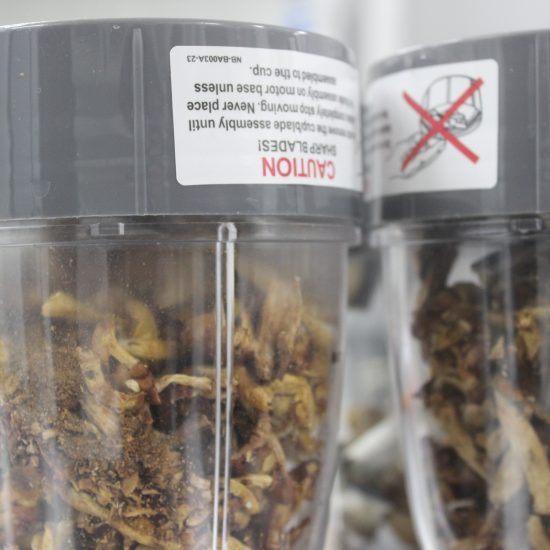
Road trips are a favorite Colorado pastime that allows one to enjoy the beauty of the state’s mountains, canyons and plains. They’re a rite of passage for many young people who seek adventure. But what’s often an easygoing vacation for many white travelers, historically, has brought African American drivers anxiety and unpredictability.
To help navigate those uneasy waters, Victor Hugo published his first Green Book in 1936. The guidebook helped African American road-trippers navigate the roads of a segregated country and pointed them toward safe places to stay, visit, eat and more. The Green Book was published annually—except during WWII—until 1967. It became known as “the Bible of Black travel” during the period of open racial discrimination since it kept African Americans safe as they traveled on the road.
“Fortunately, the New York Public Library and their Schomburg Center for African American History have a wonderful collection of all the travel guides that Black people use to navigate and travel through a segregated and racist society,” said Tom Simmons, a historian who co-founded the Front Range Research Associates. “As Gretchen Sorin said, the unstated purpose of these guides is essentially, to keep Black people alive while traveling.”
Now, History Colorado’s State Historical Preservation Office has launched a new state-wide survey of these Green Book sites in Colorado. The goal is to discover and nominate multiple locations to both the State and National Registers of Historic Places. The idea for the project started back in 2019 after the release of the Academy Award-winning film Green Book starring Viggo Mortensen and Mahershala Ali. The first community engagement meeting for the plan was held Oct. 24 at Fort Warren Library in Denver.


“Certainly, History Colorado and the National Park Service are aware that the recognition of underrepresented communities in the national registry is something they have to address. And they’ve been doing that, certainly for the last 10-15 years, pretty seriously getting into it and supporting it through grants and other projects to fill that gap,” Simmons said.
History Colorado used several resources such as New York Public Library Online, Ebony Magazines, and local African American newspapers to make their database of Green Book sites in Colorado. They located 280 throughout the state, of which 161 are still standing—the majority of which are lodging, restaurants and retail. History Colorado has narrowed its list down to 40 potential nominees across the state, with 20 places in Denver. Several are located in the historically Black neighborhood of Five Points, including the Roxy Theater, T.K. Pharmacy, the Rossonian Hotel and Dunbar Barber Shop.
The project is funded by an Underrepresented Community Grant from the Historic Preservation Fund, administered by the National Park Service. It builds on previous efforts by History Colorado to document Green Book sites and contributes to the museum’s Colorado Heritage for All Program, which was founded to add historic designations to 150 currently unrecognized spaces that tell the stories of marginalized communities by the end of 2026.
“I know that when my great-grandparents were traveling from Denver to Missouri, they would stop at certain parks because they felt that they’d be safe. I know that by looking at my mother’s diary—she talks a lot about [going to] the Rocky Mountain Lake Park, rather than City Park or Cheesman Park. And apparently, for them, that was a safer place to go, the Rocky Mountain Lake Park,” said Judge Gary Jackson who questioned why certain parks wouldn’t be included on the list of 20 Denver locations to receive a potential nomination.


History Colorado wants to make sure personal stories are recorded so the history isn’t forgotten. Judge Jackson also asked why churches were not included on History Colorado’s list. Chief Preservation Officer at History Colorado Patrick Eidman said for the most part, churches were not included in the Green Book.
“We know they were part of the travel network, but they tended not to be listed. I think it’s an interesting question. Handy Chapel in Grand Junction is on the National Register. Just in talking to the elders of that church, they said, ‘This is how the parish house or the chapel house was used to house Black travelers coming through Grand Junction. But yeah, that’s not listed,” Eidman said.
Although the meeting was mainly focused on African American travel sites, the Colorado Heritage for All project is interested in recognizing places that tell the stories of all communities of color, women and LGBTQ+ Coloradans.
“This work is important in recognizing everyone’s contributions to Colorado’s past,” said Damion Pechota, History Colorado’s National and State Register historian. “Current recorded historic sites and resources do not account for these contributions. This is evident in the State Register of Historic [Properties], where less than 3% of the buildings and sites represent the stories of our state’s Black, Indigenous, Latino, Chicano, Asian American, and LGBTQ+ communities.”






